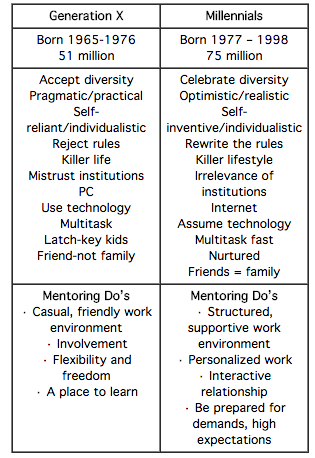Content markiting in India
Here is the common situation of many startups. They have no money, but they have to do marketing.
What’s to be done? Instead of focusing on costly marketing methods, such startups must focus on low-budget marketing hacks.
The beauty of growth hacking is that it engages alternate methods of growth, methods which are sometimes lower cost.
Where marketing and engineering meet, growth hacking happens.
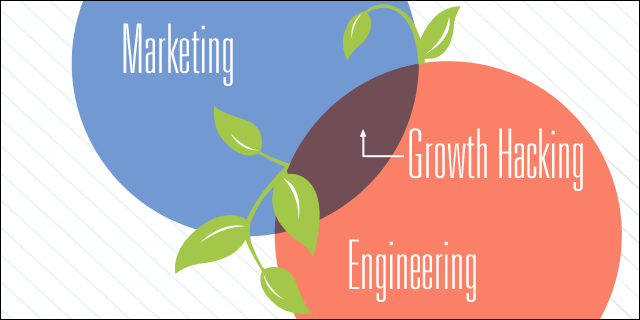
But here’s why these methods are so powerful. They don’t require a huge marketing budget. All you need is some time, some savvy, and the kind of focused and driven perspective that smart marketing requires.
1. Get Links From Your Service Providers
To rank well, a website needs high-quality backlinks. Where do you get these backlinks? Obviously, buying links is not advised. What should you do?If you’ve built partnerships with service providers or business partners, you have an instant source of untapped link potential. Reach out to these service providers and ask them to link to your website.
You gain a few nice links,and all it cost you was a few minutes of emailing.
2. Search For Unlinked Mentions
Another great way to get links and boost your site authority is to look for unlinked mentions of your brand or company name.If you find such mentions in online publications or websites, email the site editor and ask them to provide a link. You might discover plenty of brand mentions all over the web.
A quick search and a few emails later — presto. Free backlinks. The good kind.
3. Host a Webinar
Free webinars introduce your brand and product to a wider audience. The more appealing the topic, the better you’ll attract interest.Kissmetrics has been hosting webinars on a regular basis for a long time, with surprisingly powerful results.
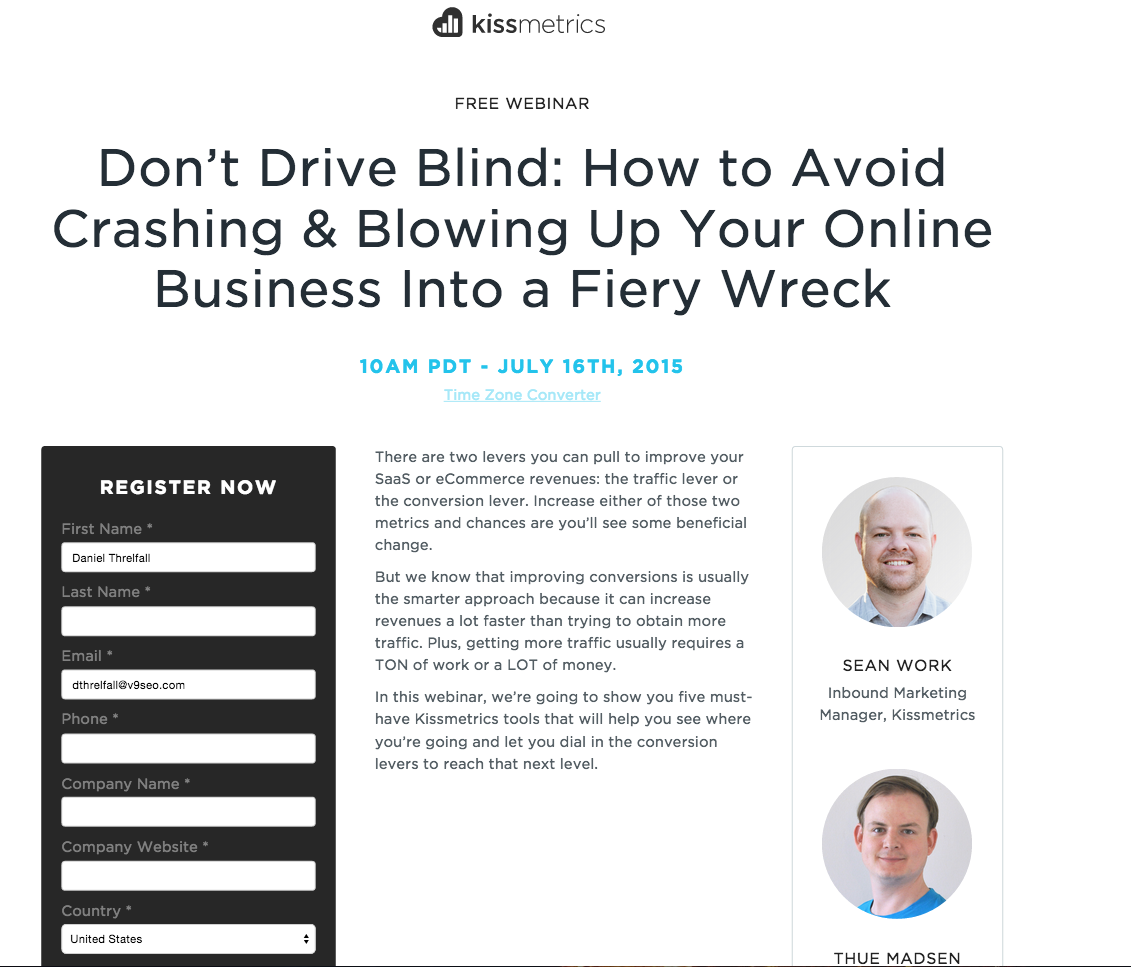
4. Cross-promote
One explosive method of marketing that some companies use is cross-promotion. Cross promotion allows you to partner with related businesses who can market your services, in exchange for your marketing their services.For example, if you are providing consulting services for online business owners, you may recommend that they use a certain web designer to create their website. The web designer is your cross promoting partner. This web designer works with business clients, and she points these clients your way for consulting services.
It’s a win-win, and apart from a signed document and an easy conversation, doesn’t require much work at all.
5. Be a Blog Commenter
The idea of marketing is to make your brand presence as well known as possible. One way of doing so is by commenting on blogs. Here’s how this works:- Identify the top 5 blogs in your niche.
- Read and comment on the blogs on a regular basis.
- As people see your name and associated brand, they become familiar with it and perhaps even curious about it.
6. Help a Reporter Out
Occasionally, you’re going to come across some newsworthy information in your niche or business. Sign up for Help a Reporter Out (HARO). It’s a free service that reporters often use to find stories. If you have a story you can help a reporter out, and gain publicity.7. Create a Robust Google+ Presence
Google+ is one of the web’s foremost places for building brand exposure. Google uses your business information to form a web presence in Knowledge Graph boxes and wider indexation.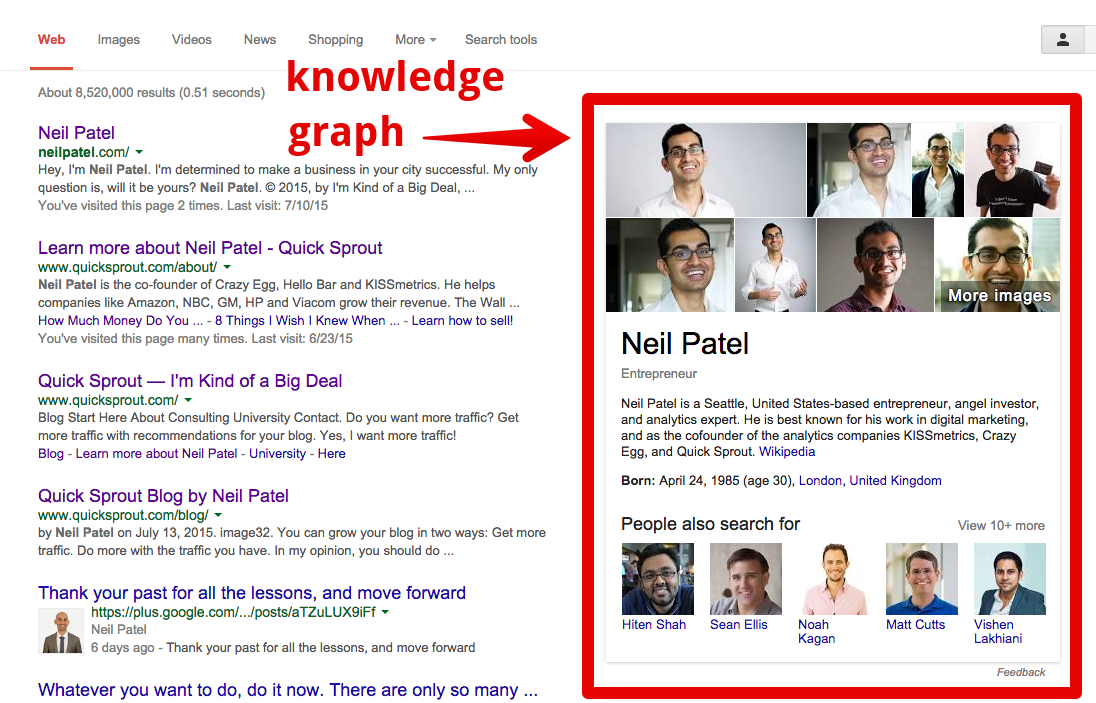
8. Network in Person
Don’t neglect the opportunity to market in person. You’ll meet great people in person whom you may never come across online.Every person you meet is another marketing possibility. Obviously, you don’t want to go around shoving your business into people’s faces, but as the issue of work comes up in conversation, tell them about it.
The whole idea of networking is basically marketing. You get to introduce other people to your business live and in person.
9. Go Ahead and Run a Contest
As much as they’ve been sullied and scammed, online contests are still a great way to get low-cost marketing publicity. Giving away the cliche iPad, cash prizes, or other merchandise is an easy way to gain some viral potential and improve your brand’s image.10. Build a Referral Program
The best forms of marketing are those that you can set up, turn on, and they grow — organically, automatically, and without too much effort. A referral program or affiliate program may not work for every business, but it’s worth a try.Creating an affiliate program essentially turns your customers into a de facto marketing department. You don’t spend marketing money unless they first make a sale on your behalf.
11. Tweet Up a Storm In Your Niche
Twitter is a killer marketing platform. With its instant reach and massive output, Twitter can produce high levels of referral traffic, plenty of brand exposure, and nonstop social buzz.What I suggest is following at least ten influencers in your niche, following their followers, retweeting their tweets, and mentioning them in comments. As you associate with their platform, you’ll begin to build your own platform.
12. Upsell Your Existing Customers
Too often, we view “marketing” solely as a method of gaining new customers. In reality, some of the best marketing happens with existing customers. Econsultancy and PredictiveIntent report that upselling is “20 times better than cross-selling.”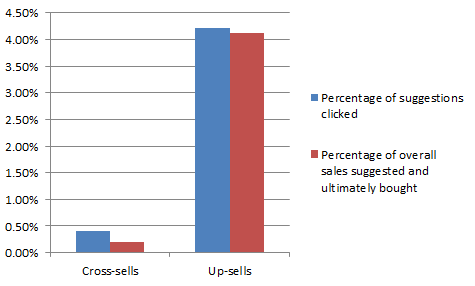
13. Get Cozy With Niche Influencers
Within every industry are a group of power players. They control the conversation, shape the contours of the market, and reach a huge audience.Make these people your friends. You don’t need to be schmoozy about it. You can be direct. Providing them with a product or partnering with them on a project are simple and mutually helpful ways to grow your brand and ride their wave of influence.
14. Claim a Hashtag
Hashtags are the billboards of the Internet. Since hashtags are now available on every major social platform, you can create a hashtag for your business and use it everywhere you post.A hashtag is a searchable and interactive extension of your brand, and has the potential to spread virally.
15. Get More Email Addresses
Growing your email list is one of the most enduring and effective methods of marketing. I suggest using Hello Bar as a simple and cost-effective way of harvesting more addresses.16. Get More User-Generated Content
Everyone knows that content marketing is effective for inbound marketing. If you’re not careful, however, content marketing can be expensive. How can you gain more content without blowing your entire marketing budget?The answer is user-generated content. Motivate your existing fans and customers to tell their own story and write content, and you’ll instantly open the floodgates to tons of fresh and engaging content that your audience will love. Your fans will be creating and sharing content for you.
17. Talk to Your Fans
Customers and fans love to be loved. The way you show that love is by retweeting, favoriting tweets, liking the comments, and sharing their status. Don’t simply expect that your social media presence is going to work for you. You have to work for it, by talking to your fans.They will return the favor, and engage at a deeper level.
18. Produce High-Quality Press Releases
Press releases have past their heyday as an SEO tool, but they still hold sway in marketing. If you use a source like PRWeb, you’ll be out a few hundred bucks anytime you pop out a press release.A source like PRLog.org, however, is free of charge. The amount of syndication you get may not be as high quality, but it’s something. And, hey, it’s something for nothing.
Just be sure to write very high-quality releases, and nofollow any links back to your website.
19. Hack Craigslist
Craigslist is the 59th most popular website in the world. Airbnb, valued at 24 billion, used Craigslist to skyrocket its growth. You can use Craigslist, too. Try using Craigslist’s geographic focus to target specific areas and markets.Make sure that you’re complying with the site’s terms of service. Use Craigslist in the way that it was intended. Violators will be banned from the site.
20. Blog
I can’t create list of marketing techniques without mentioning blogging. A business blog is an indispensable strategy for online marketing. Use it, work at it, and make it work for you.If you’re frustrated with the current condition of your business blog, read these 35 tips that will make it better. If you’re struggling with traffic, read this post.
21. Guest blog
If blogging is awesome, then guest blogging is doubly awesome. When you post an article on another blog, you are instantly gaining that blog’s audience. The cost of guest blogging is free, less the time you spend. Create a killer article, appeal to the blog’s audience, and you may be invited back to contribute more.I’ve used guest blogging with incredible success. My 300-and-counting guest blogs are still paying me back in terms of referral traffic, leads, and customers.
22. Create a LinkedIn Group
LinkedIn is free, and yet it gives you incredible marketing opportunities. Many professionals use LinkedIn as static social media tool — a place to put up their resume, and not much else.LinkedIn is so much more than an online resume. I’ve used LinkedIn to publish content, connect with powerful people, and build a marketing group with thousands of members.
All of this cost me zero dollars and zero cents, but the marketing upside has been incredible.
23. Give Free Help to Others
If you make marketing all about you and your business, you’re going to be frustrated and unfulfilled. Try giving to others, free of charge.Obviously, you’re not a charity; you’re a business. But why not give away a product, an hour of your time, or a membership for a customer who can’t afford your services?
Some of the best business opportunities I’ve had were consulting gigs with customers who couldn’t pay. These opportunities have been beneficial in ways that I couldn’t have predicted.
Even today, I give away virtually all of my content without charge. Doing so is fulfilling for me personally, and it provides an opportunity for improved marketing.

